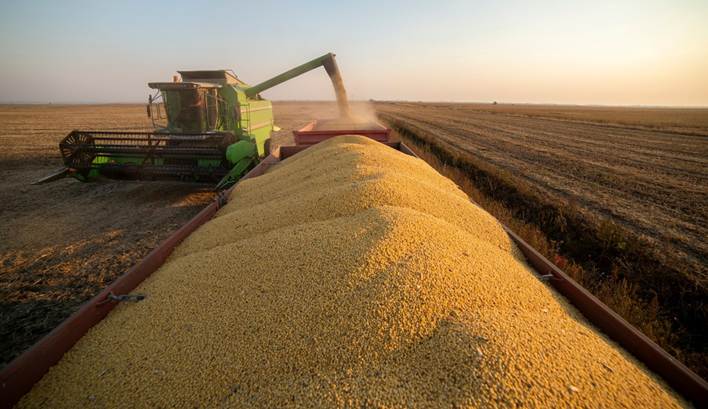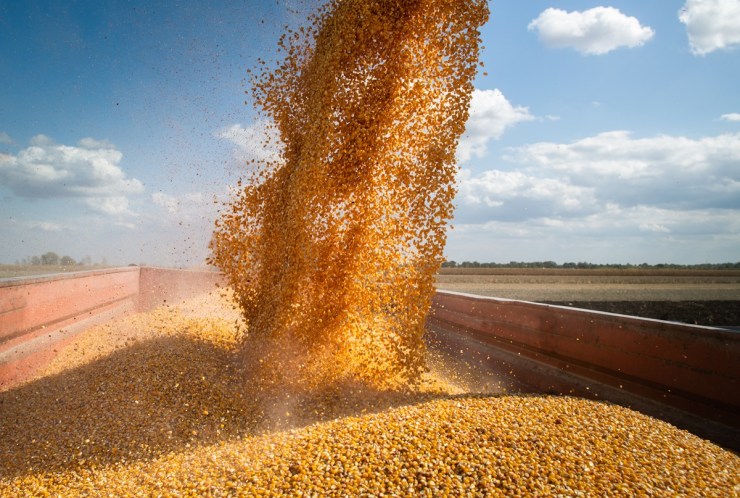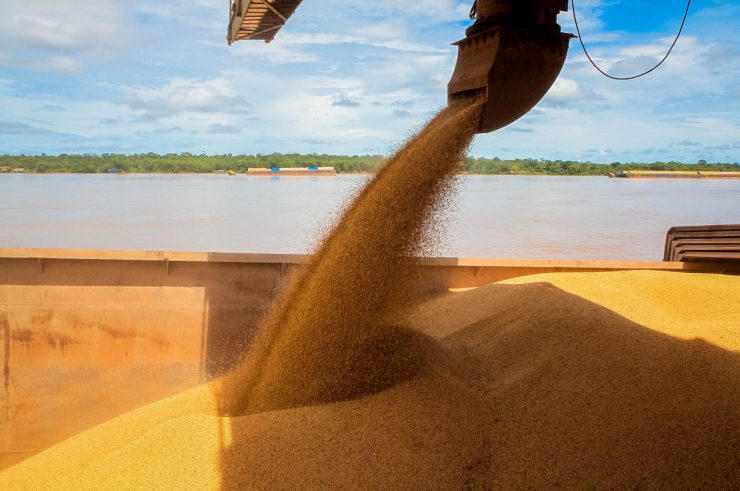The Harvest Rally begins the evaluation stage of the second corn crop at a time when the sector, faced with a possible record production, fears the impacts of avian flu on exports and domestic consumption of corn by the animal protein market. The uncertainty arises due to the slow commercialization of the crop, reaching 32.4% of the total in May.
Agroconsult, the organizer of the technical expedition, estimates the second corn harvest at 112.9 million tons, a volume 10.5% higher than last season, according to Rally's preliminary assessment. The planted area is projected at 17.9 million hectares – 1 million hectares (6.1%) more than in the 23/24 harvest. Productivity is estimated at 105 bags per hectare (+4.1%) – the rate is not yet the highest ever recorded, but has excellent potential to be confirmed by technicians, depending on field conditions.

According to Debastiani, at the same time last year, the Rally had been recording productivity losses in several states, such as Mato Grosso do Sul, Paraná and São Paulo, due to the drought. “Already at the beginning of the corn season, although we know that there are some problems, such as in the West of Paraná, where the first crops suffered from the drought in January, there are no states in a critical situation. On the contrary: Mato Grosso and Goiás have already practically defined their harvests and have everything to surpass previous records, depending on the results in the field,” he says.
According to a preliminary survey by the Rally on May 19, based on the planting season and rainfall distribution, 72% of production in Mato Grosso and 62% in Goiás have high production potential. The other states have good potential, but depend on weather conditions.
The emergence of cases of bird flu in the country, however, poses risks to the sector. Domestic demand for corn is estimated by Agroconsult at 96.7 million tons, due to the good performance of the ethanol market and the behavior of the animal protein market, but may vary depending on the extent of the health problem. Exports are projected at 42.8 million tons. “This excess supply, combined with the health problem, may generate negative pressure on the price of corn, at a time when there is little sales, requiring producers and agents in the sector to adapt their strategies,” says the Rally coordinator.
Teams on the field
The technical expedition will be in the field until June 15 to adjust the productivity estimate for the second corn harvest in five states, taking into account the climate, the planting window and the investment made in the crops.
Six teams will travel to the fields between May and June. The first two will assess the Mid-North and West of Mato Grosso, leaving Cuiabá and visiting the regions of Nova Mutum, Lucas do Rio Verde, Sorriso, Sinop, Campo Novo do Parecis, Sapezal and Vilhena, in Rondônia, until May 24.
The third and fourth teams will conduct the survey in the Southeast of Mato Grosso, North of Mato Grosso do Sul and Southwest of Goiás, leaving Cuiabá towards the regions of Campo Verde, Primavera do Leste, Rondonópolis, Itiquira, Chapadão do Sul, Rondonópolis Jataí, Mineiros and Rio Verde. The work will take place between June 1st and 7th.
The last two teams will be in the South of Mato Grosso do Sul and the North and West of Paraná between June 8th and 15th, leaving Campo Grande towards the regions of Dourados, Naviraí, Ponta Porã, Guaíra, Toledo, Campo Mourão, Assis Chateaubriand and Goioerê, before concluding the work in Maringá, in Paraná.
The Rally has already assessed the conditions of more than 1,700 soybean crops during the development and harvesting phases in the states of Mato Grosso, Goiás, Minas Gerais, Mato Grosso do Sul, Paraná, Santa Catarina, São Paulo, Rio Grande do Sul, Pará, Maranhão, Piauí, Tocantins and Bahia. Technicians from Agroconsult and sponsoring companies visited rural producers in the Southeast regions of Mato Grosso, Southwest of Goiás, Planalto do Rio Grande do Sul and West of Paraná, between April and May.
The areas evaluated by the 2025 Harvest Rally account for 97% of the soybean production area and 72% of the corn area.




